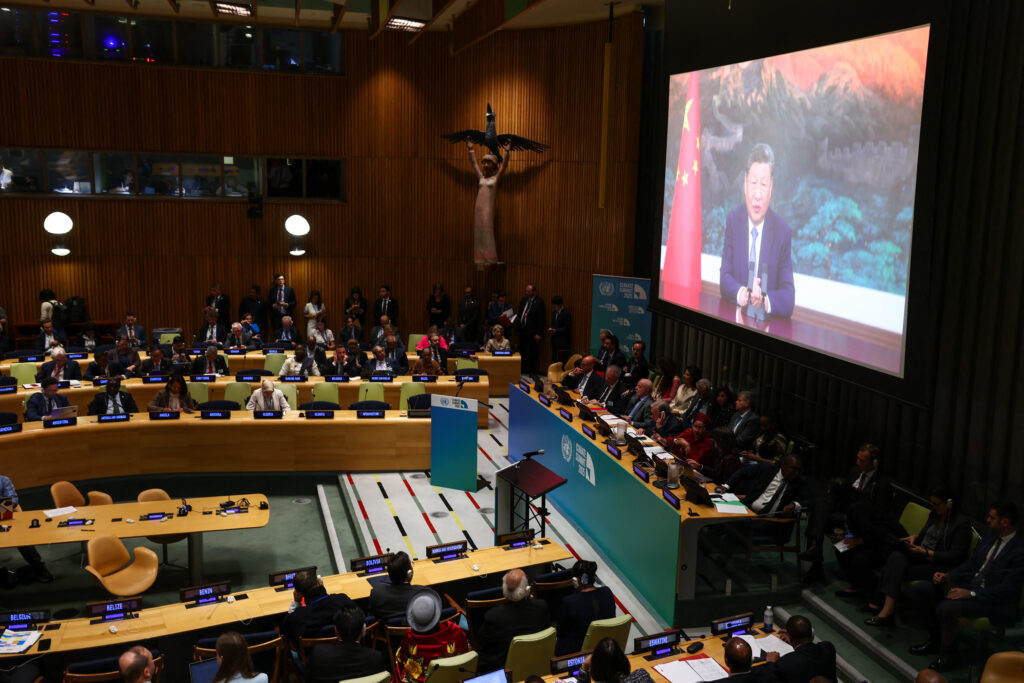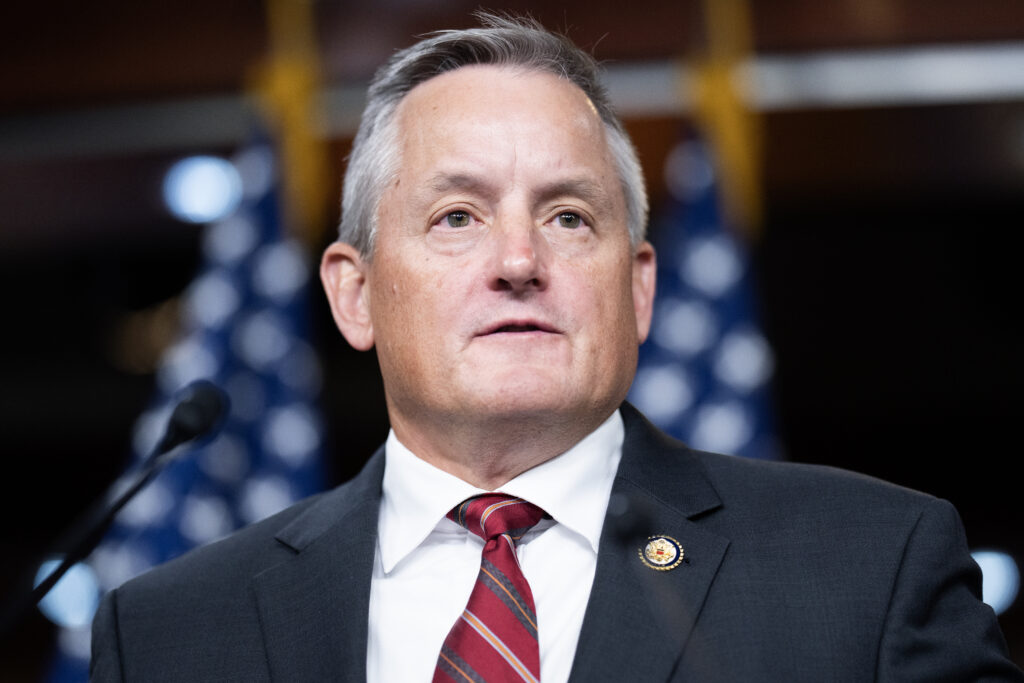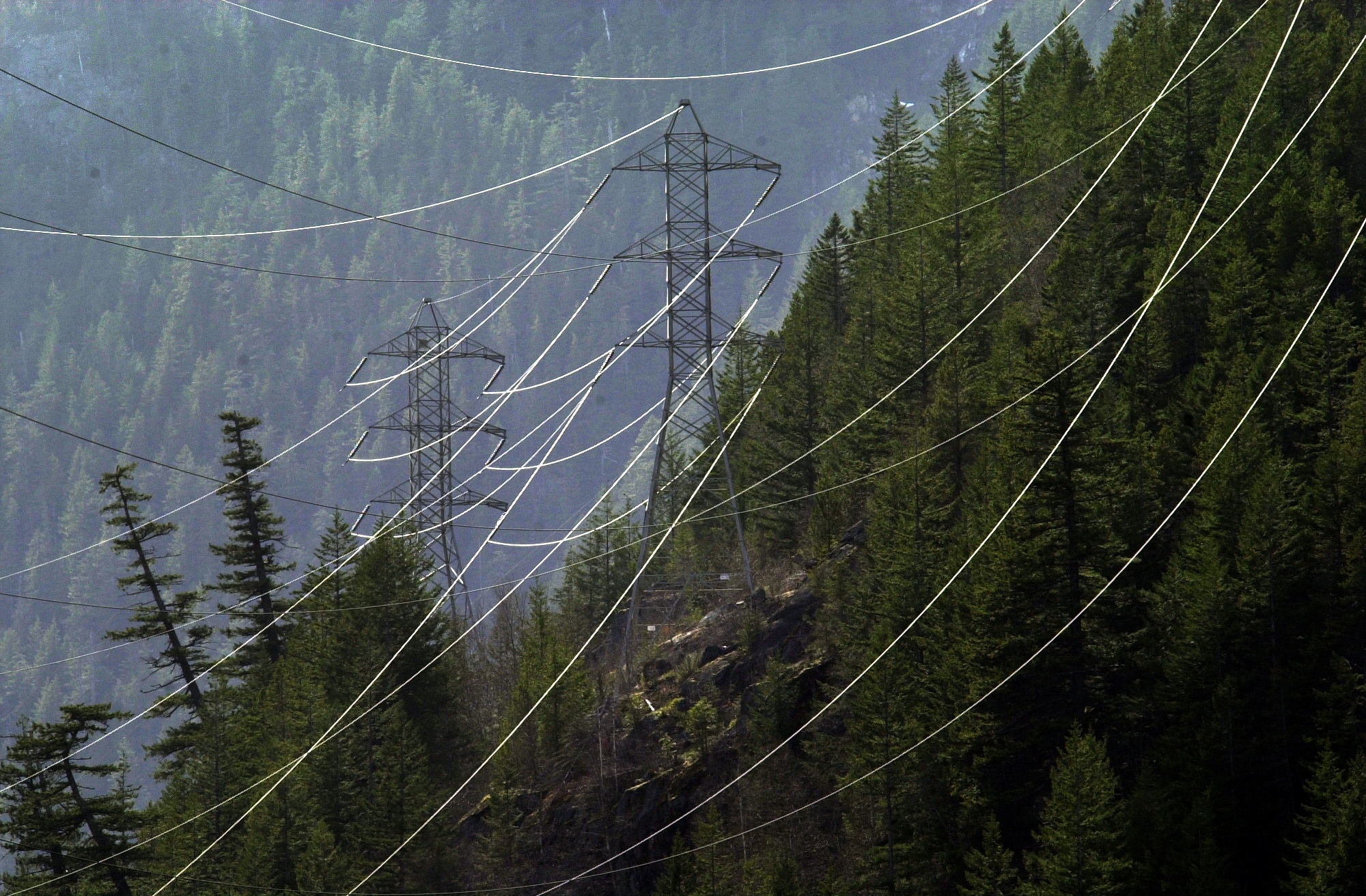The seven states that rely on the Colorado River are deeply divided over how to manage the shrinking water supply in the future. In a meeting on Monday, Arizona’s top water official outlined major differences between the states’ ideas about how to cut back on water use.
The states have been split into two camps for months, and do not appear closer to agreement than they did when they released competing water management proposals in March. They are under pressure to agree on a plan before 2026 when the current rules for sharing water expire.
Tom Buschatzke, director of the Arizona Department of Water Resources, said he still wants and expects the states to find a collaborative solution.
“We’ll continue to pursue that as hard as we can,” he said. “But we won’t give up too much to get it.”
Buschatzke described the Upper Basin states of Colorado, Utah and New Mexico as unwilling to sacrifice much of their water.
“This is a visceral issue between the states,” he said. “It is a giant chasm and it is a bottom line for all three of us, California, Arizona, Nevada.”
Becky Mitchell, Colorado’s top water negotiator, said Lower Basin leaders are trying to “belittle the significance” of the Upper Basin’s “parallel actions”—a series of water-saving practices outside of state-to-state negotiations.
“Those parallel actions do not come at a small cost for the Upper Basin,” Mitchell told KUNC on Monday. “These are not minor actions or a pittance, as some would call them, but these are real and meaningful.”
How We Got Here
Those two camps represent a rivalry that goes back to the earliest days of managing the region’s water. Now, longstanding tensions are getting reheated as climate change shrinks the amount of water in the Colorado River and the states have to find a way to cut back on water demand in response.
The Upper Basin states are legally required to send a certain amount of water to their downstream neighbors—California, Arizona and Nevada—each year. After more than 100 years of complying with that standard, Upper Basin states contend they should be allowed to send less.

The Upper Basin argues that it feels the sting of climate change more sharply than the Lower Basin since about 85 percent of the river starts as snowfall within its boundaries. Cities and farms within its four states have to adjust their water use in accordance with recent snowfall, Upper Basin leaders say, but the Lower Basin can count on predictable water deliveries from upstream.
The Lower Basin has its own proposal, which its leaders describe as more holistic and sustainable than the current way of managing the river and its reservoirs.
Under the Lower Basin proposal, water cutbacks would be triggered when the combined amount of water in eight reservoirs across the West falls below a certain threshold.
Cutbacks are split into three tiers. In the first two, when reservoir levels are somewhat low, Lower Basin states would be the only ones to take less water. But when combined reservoir levels drop below 38 percent full, both the Lower Basin and Upper Basin would have to take cuts.
“We’re committed to working with the other basin states, along with the tribal nations and the Bureau [of Reclamation], towards a collaborative solution,” Mitchell said. “But also at the same time, we’re prepared to defend Colorado’s significant interest in the Colorado River.”
This story is funded by readers like you.
Our nonprofit newsroom provides award-winning climate coverage free of charge and advertising. We rely on donations from readers like you to keep going. Please donate now to support our work.
Donate Now
Both proposals are sitting on the desk of federal officials at the Bureau of Reclamation. They ultimately decide how the river will be managed, but historically have done whatever the states tell them so long as all seven are in agreement.
President Joe Biden’s administration had urged the states to agree on one plan before the recent election to ensure that it could go through smoothly, but the states blew past that deadline. State leaders said they do not think Donald Trump’s upcoming return to the White House will disrupt negotiations, despite Trump having expressed interest in gutting some government agencies and calling climate change—the main catalyst for the Colorado River crisis—a “hoax.”
Where Things Stand
Both groups of states are digging in their heels. Publicly, they’re expressing a desire to work together and find agreement, but don’t appear likely to back off of their initial proposals.
“We did not put this out into the world on March 6 as a negotiating ploy,” Buschatzke said. “We didn’t start from the far end and say, ‘Okay, well now we’ll negotiate to the middle.’”
While it’s no secret that the Upper and Lower Basins have disagreed for a long time, the nature and details of these contentious, closed-door negotiations are rarely stated so plainly by one of the negotiators themselves.
The states often say that they would rather decide the river’s future amongst themselves instead of sending it to court. But that hasn’t stopped them from preparing for a legal battle anyway.
Buschatzke requested $1 million from the Arizona government for “potential litigation.”
“I do not want litigation,” he said. “It’s not good for anybody. But if we get backed into a corner, and that’s our only choice, that was the context of that budget request.”


Aside from the Upper and Lower Basin proposals, there are a small handful of other groups trying to influence the future of river management. A coalition of environmental groups submitted their own set of suggestions. A group of native tribes that depend on the river also outlined their desires for the next set of river guidelines.
One tribe in particular, the Gila River Indian Community, made waves in March when it said it didn’t support the Lower Basin’s proposal and later submitted its own.
Now, with the ongoing disagreement between the two groups of basin states—the two biggest players in Colorado River talks—it seems increasingly unlikely that those other groups will have their needs represented at the forefront of the next federal water management plan.
In Monday’s meeting, Stephen Roe Lewis, governor of the Gila River Indian Community, expressed his support for Arizona’s negotiating team.
“We as Arizona, we need to stand strong together considering all of the complexities of where we’re at right now,” he said.
This story is part of ongoing coverage of the Colorado River, produced by KUNC in Colorado and supported by the Walton Family Foundation. KUNC is solely responsible for its editorial coverage.
About This Story
Perhaps you noticed: This story, like all the news we publish, is free to read. That’s because Inside Climate News is a 501c3 nonprofit organization. We do not charge a subscription fee, lock our news behind a paywall, or clutter our website with ads. We make our news on climate and the environment freely available to you and anyone who wants it.
That’s not all. We also share our news for free with scores of other media organizations around the country. Many of them can’t afford to do environmental journalism of their own. We’ve built bureaus from coast to coast to report local stories, collaborate with local newsrooms and co-publish articles so that this vital work is shared as widely as possible.
Two of us launched ICN in 2007. Six years later we earned a Pulitzer Prize for National Reporting, and now we run the oldest and largest dedicated climate newsroom in the nation. We tell the story in all its complexity. We hold polluters accountable. We expose environmental injustice. We debunk misinformation. We scrutinize solutions and inspire action.
Donations from readers like you fund every aspect of what we do. If you don’t already, will you support our ongoing work, our reporting on the biggest crisis facing our planet, and help us reach even more readers in more places?
Please take a moment to make a tax-deductible donation. Every one of them makes a difference.
Thank you,
















